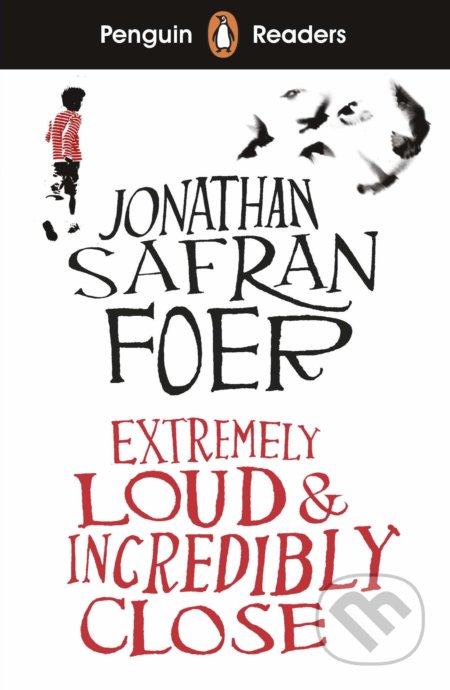
You may think you can snicker at this ELAIC trailer on your laptop, but take it in at the megaplex, trapped in the dark, cowering below the big screen, and it is the emotional equivalent of Ryan Gosling stomping your head in. But here’s what I now realize, especially as I watch this new trailer: Resistance is futile. So I’ve been particularly resistant to the ELAIC movie-directed by Stephen Daldry, the man behind Billy Elliot, The Reader, and The Hours, and due out this Christmas-ever since it was announced. (It’s about an adorable little boy, for God’s sake. Few books spend so many pages ingratiating themselves with the reader, and ELAIC does this in an extraordinarily clever, cute, and heartbreaking manner-effectively making literary doe eyes at the reader through the page. The paper discusses the mapping process to see how conceptual structures are selected from different source domains and mapped onto the target domain of the abstract state of trauma to convey the effects of these distressing experiences.If you love Jonathan Safran Foer’s novel Extremely Loud and Incredibly Close, you can’t help but feel protective. The experience of trauma is represented in this various ways throughout the novel sometimes it is understood through idiosyncratic metaphors and sometimes it is represented through using conventional metaphors. The application of conceptual metaphor theory allows better understanding of how the abstract state of trauma is communicated. The study applies insights from the conceptual metaphor theory (CMT) by George Lakoff and Mark Johnson (1980) to selected metaphors from the novel. Therefore, this study examines the conceptualization of traumatic experiences that are encountered by the main characters as they are exposed to disturbing events. Although some previous studies have attempted stylistic investigations to this novel, very little research approached its metaphorical language from a cognitive perspective. This study is unique it offers a stylistic examination of the metaphors of trauma which are used to communicate this negative experience.



The primary focus of this paper is to explore the metaphorical representation of trauma in Jonathan Foer’s “Extremely Loud and Incredibly Close.” It investigates the way traumatic experiences are conceptualized in terms of experiences from other domains.


 0 kommentar(er)
0 kommentar(er)
